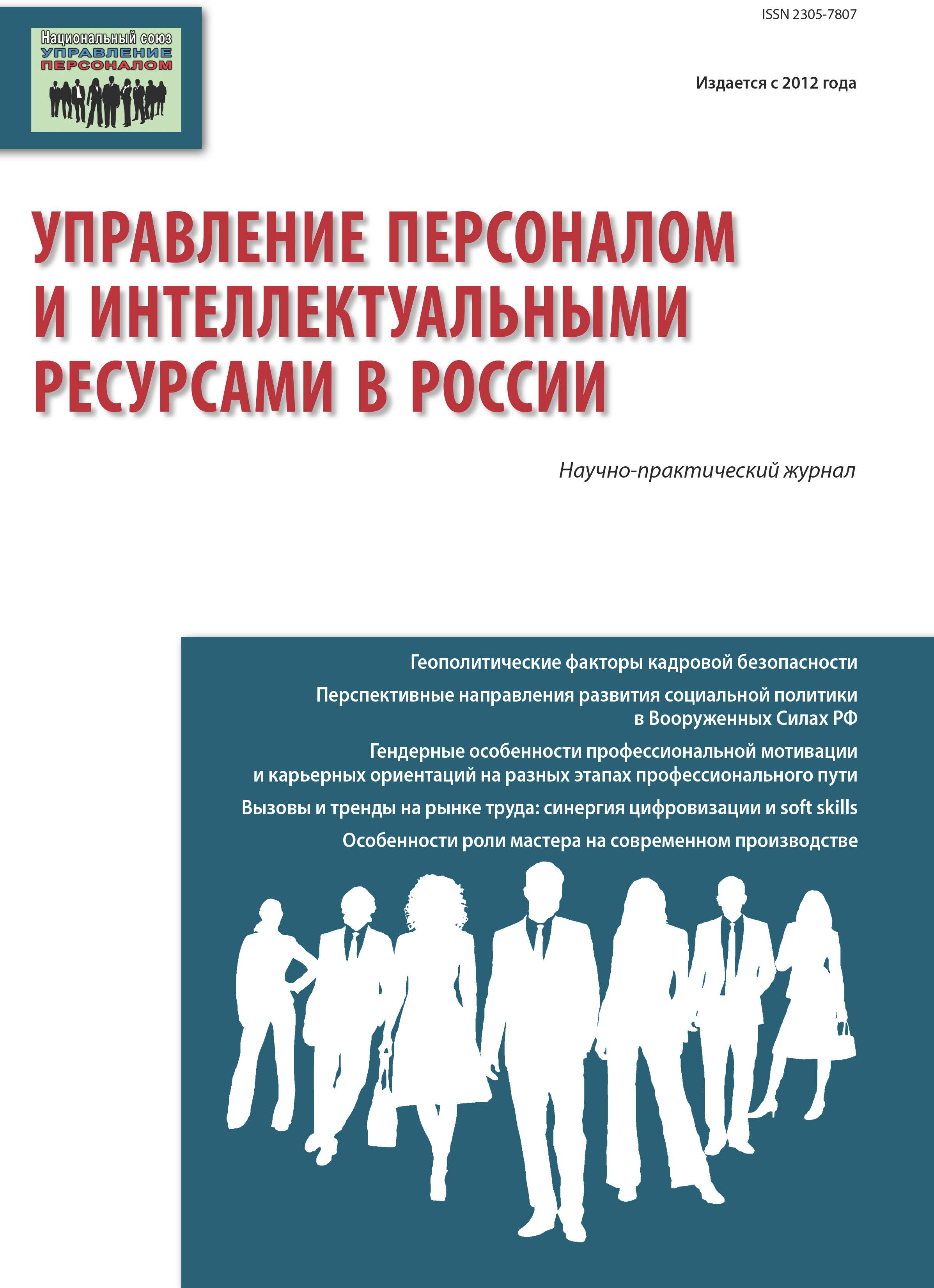Moskva, Moscow, Russian Federation
The article based on a synthesis of data from foreign and domestic studies discusses current trends in changing the requirements for the appearance and clothes of staff and offi cial dress codes. The rules provided by the main types of currently used business attire are presented. The main factors that explain the use of offi cial corporate dress codes (maintaining a certain professional image in the external environment, creating a more professional working environment, courtesy towards colleagues (including due to personal hygiene requirements) and creating a sense of equality are highlighted, ensuring health and safety, establishing clear guidelines for employees regarding their appearance and reducing the level of concern about this), as well as the reasons for revising dress codes to the parties simplify them even in the most conservative sectors of the economy (confl icts in connection with allegations of discrimination, the tendency of companies to attract and retain millennials, new forms of employment and working relations, the modern pace of life). Some recommendations are made for employers developing new or revising existing dress codes.
types of business attire, flexible dress code policy, millennials. engagement, discrimination, gender neutrality
1. Gottsman, D. Modern Etiquette for a Better Life: Master All Social and Business Exchanges. AMACOM, 2017.
2. Heathfield, S.M. (2019). What Is Business Attire? // https://www.thebalancecareers.com/what-is-business-attire-1918075 (accessed 30 July 2019).
3. Topham, H. (2019). Four Different Types of Business Attire // http://smallbusiness.chron.com/four-different-types-business-attire-23396.html.
4. Glusac, M. (2019). How the way we dress for work has changed over the last 100 years // https://www.insider.com/how-the-way-we-dress-for-work-has-changed-2019-2 (accessed 29 July 2019).
5. Friedman, V. (2016). The End of the Office Dress Code // https://www.nytimes.com/2016/05/26/fashion/office-fashion-uniforms.html (accessed 3 August 2019).
6. Morgan, J. The Future of Work: Attract New Talent, Build Better Leaders, and Create a Competitive Organization Hardcover. Wiley, 2014.
7. MacArthur, H.V. (2019). Corporate America\'s New Flexible Dress Code Is Indicative Of A Trend Toward Employee Empowerment// https://www.forbes.com/sites/hvmacarthur/2019/03/08/corporate-americas-new-flexible-dress-code-is-indicative-of-a-trend-toward-employee-empowerment/#7a52e70f221e (accessed 3 August 2019).
8. Spross, J. (2019). Down with office dress codes //https://theweek.com/articles/843141/down-office-dress-codes (accessed 30 December 2018) (accessed 5 August 2019).
9. Konec epohi: strogij dress-kod uhodit v proshloe [The end of the era: a strict dress code is a thing of the past]. https://www.hr-director.ru/news/67147-qqn-19-m07-konets-epohi-strogiy-dress-kod-uhodit-v-proshloe (accessed 3 August 2019).
10. Opros pokazal otnoshenie rossiyan k dress-kodu na rabote [The survey showed the attitude of Russians to the dress code at work]. Available at: https://iz.ru/899240/2019-07-14/opros-pokazal-otnoshenie-rossiian-k-dress-kodu-na-rabote (accessed 03 August 2019).
11. Haughton, J. (2017). Dressed to Impress: Is It Time for Managers to EMBRACE Off-the-cuff Employee Fashion at Work? // https://www.managers.org.uk/insights/news/2017/october/dressed-to-impress-is-it-time-for-managers-to-embrace-off-the-cuff-employee-fashion-at-work (accessed 3 August 2019).
12. What You Wear To Work May Be Preventing You From Getting A Promotion //Available at: https://www.prnewswire.com/news-releases/what-you-wear-to-work-may-be-preventing-you-from-getting-a-promotion-300643014.html (accessed 5 August 2019).
13. U 61% rabotayushchih rossiyan net dress-koda na rabote [61% of working Russians do not have a dress code at work]. Available at: https://www.superjob.ru/research/articles/112109/u-61 (accessed 6 August 2019).
14. 18% rossiyan mogli by otkazat'sya ot dolzhnosti iz-za dress-koda, pokazal opros [18% of Russians could have resigned due to a dress code, a survey showed]. Available at: https://ria.ru/20190806/1557199198.html (accessed 6 August 2019).
15. Rayasam, R. (2016). Have we taken casual workwear too far? //https://www.bbc.com/worklife/article/20160120-have-we-taken-casual-workwear-too-far (accessed 6 August 2019).
16. Middlemiss, S. (2018). Not what to wear? Employers’ liability for dress codes? International Journal of Discrimination and the Law, 18(1), 40-51. Available at: https://doi.org/10.1177/1358229118757867 (accessed 5 August 2019).
17. Dishman, L. (2013). Do Dress Codes At The Office Work? Available at: https://www.fastcompany.com/3018572/do-dress-codes-at-the-office-work (accessed 6 August 2019).
18. Lauritsen, J. (2018). Your Office Dress Code Is Killing Employee Engagement// Available at: https://www.adp.com/spark/articles/2018/01/your-office-dress-code-is-killing-employee-engagement.aspx# (accessed 6 August 2019).
19. Jenkins, R. (2017). How to Attract and Retain Millennials With the Right Dress Code// Available at: https://www.inc.com/ryan-jenkins/how-to-attract-and-retain-millennials-with-the-right-dress-code.html (accessed 6 August 2019).
20. Scafidi, S. (2017). Think Tank: Is Your Company’s Dress Code Illegal? // Available at: https://wwd.com/business-ne ws/business-features/think-tank-susan-scafidi-dress-codes-10853345/ (accessed 6 August 2019).
21. Dress codes and sex discrimination - what you need to know // Available at: https://assets.publishing.service.gov.uk/government/uploads/system/uploads/attachment_data/file/709535/dress-code-guidance-may2018-2.pdf (accessed 6 August 2019).







